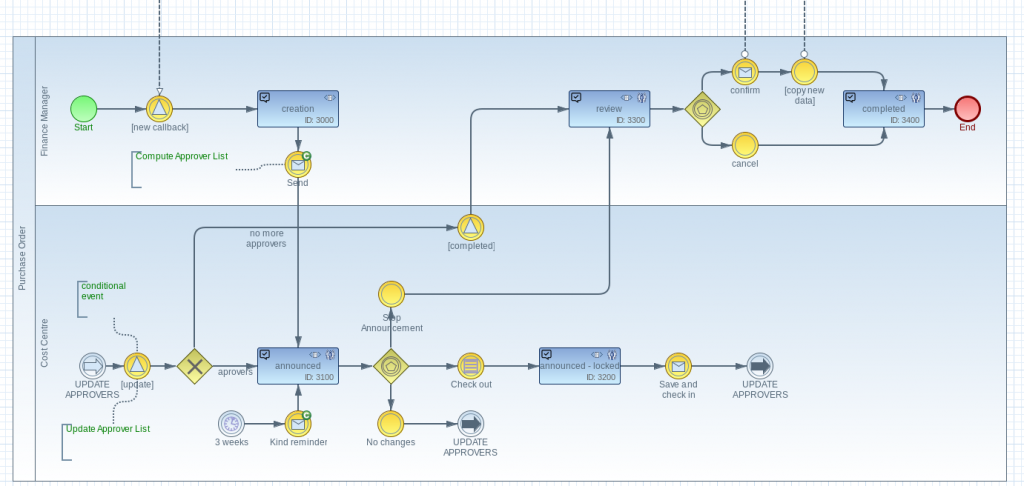Why do employees in companies repeatedly use Microsoft Excel or PowerPoint to manage business data and tasks?
Companies today have a variety of business applications in use. Some for legacy reasons, some for strategic reasons and some just because they are hip and make fun. And most of the times, these applications are not enough to cover all aspects of daily working life. A lot of tasks and data that need to be processed on a daily basis are often managed with EXCEL and POWERPOINT. This is not wrong in general and provides employees a way to prepare business figures in tables or display them clearly in a presentation. But often these applications are also abused for a kind of data management. But EXCEL is no database and POWERPOINT is not a messaging tool. The problem is, that these tools often collect data that is needed to implement certain business processes and for which there is no suitable application available. In a short time, these solutions become indispensable and are passed down from generation to generation.

What is the difference between Business Data and a Business Process?
Now the question is, what is wrong with this situation? The problem comes from the field of computer science and data processing. We often try to describe our environment in an easy way. In other words, we combine the properties of our environment and compare them with each other to find alternatives to react faster. A spreadsheet or database provides a seemingly simple way to do this. But we can only record and document business data. The data are in fact only the basis for achieving a specific business goal. And these goals are represented by business processes within a company. When looking at a business process, we want to see where data came from, how it was processed, and what needs to happen next in order to achieve a business goal.

Business Process Management
A workflow application covers exactly this kind of requirement. With the help of a business model it is possible to describe which tasks need to be done and which events can occur. Events control and document the history within the process. This makes it possible to observe data not only in their time, but also to establish responsibilities within the company for each peace of data. A modern workflow management solution is able to distribute tasks, to document the progress and to react intelligently if something unexpected happens. The ‘Business Process Model and Notation’ – BPMN 2.0 is the common standard to describe a business process. And it is also possible to execute such a model with a business application. BPMN was initially designed to describe a business process without all the technical details of a software system. As an result, a BPMN diagram is easy to understand and a good starting point to talk about a business process with technician as also with management people. On the other hand these business models can be easily adapted and extended without a lot of technical knowledge.
Open Source solutions like the human-centric Workflow Engine ‘Imixs-Workflow‘ enable enterprises in dealing with business data and describing a business process in a new and easy way. Describing a business process means modeling a workflow with its various tasks and events when actors interact within the process. Beside the general description of a business process with BPMN, there are a lot of technical aspects which are covered by a workflow management system. For example a task can be distributed automatically by email to different users or open issues can be organized in a user friendly task list – like messages in an email in-box. Each task can be easily assigned to a responsible person or a team. Tasks can be delegated automatically or manual. This all helps to get the work behind the business data done.
So if you handle critical business data with Excel the next time, consider how the underlying business process looks like and how you can manage this in a smarter way.
